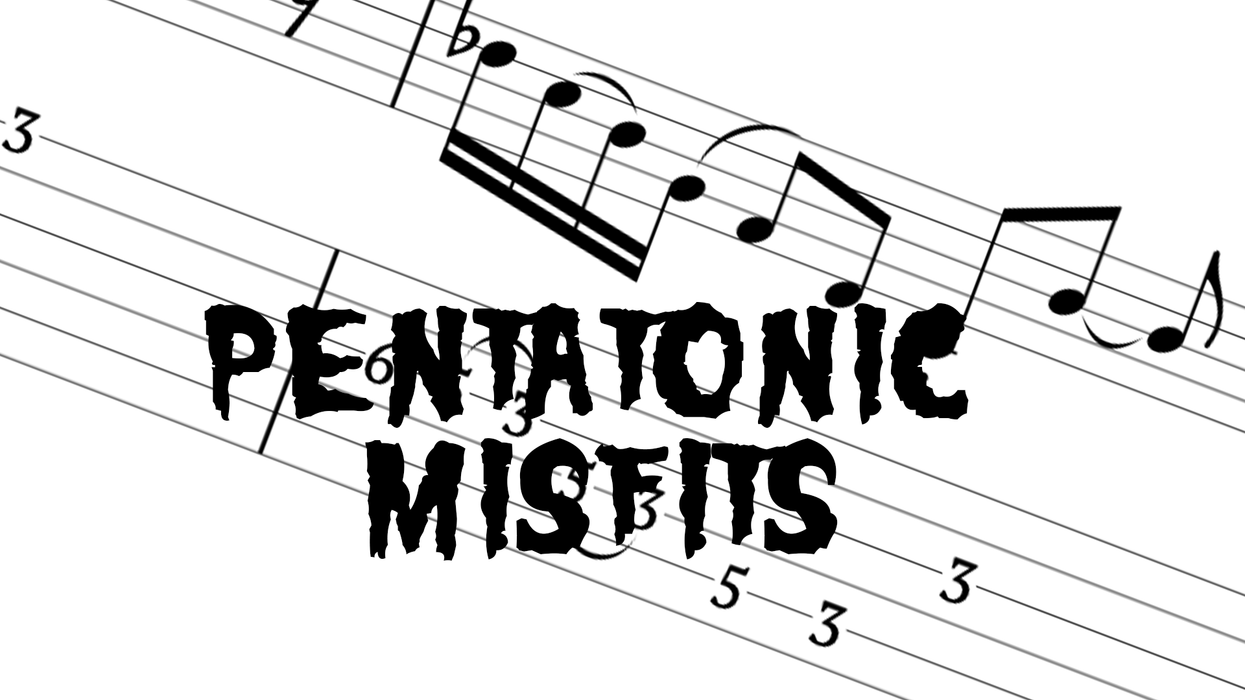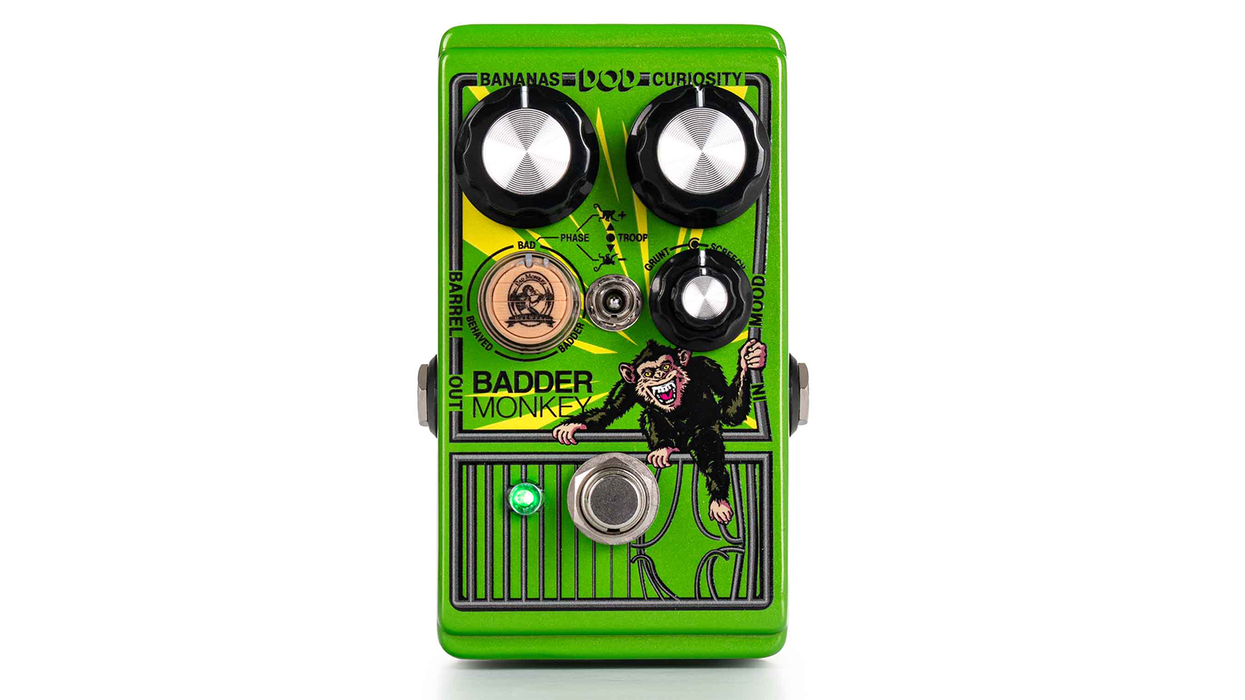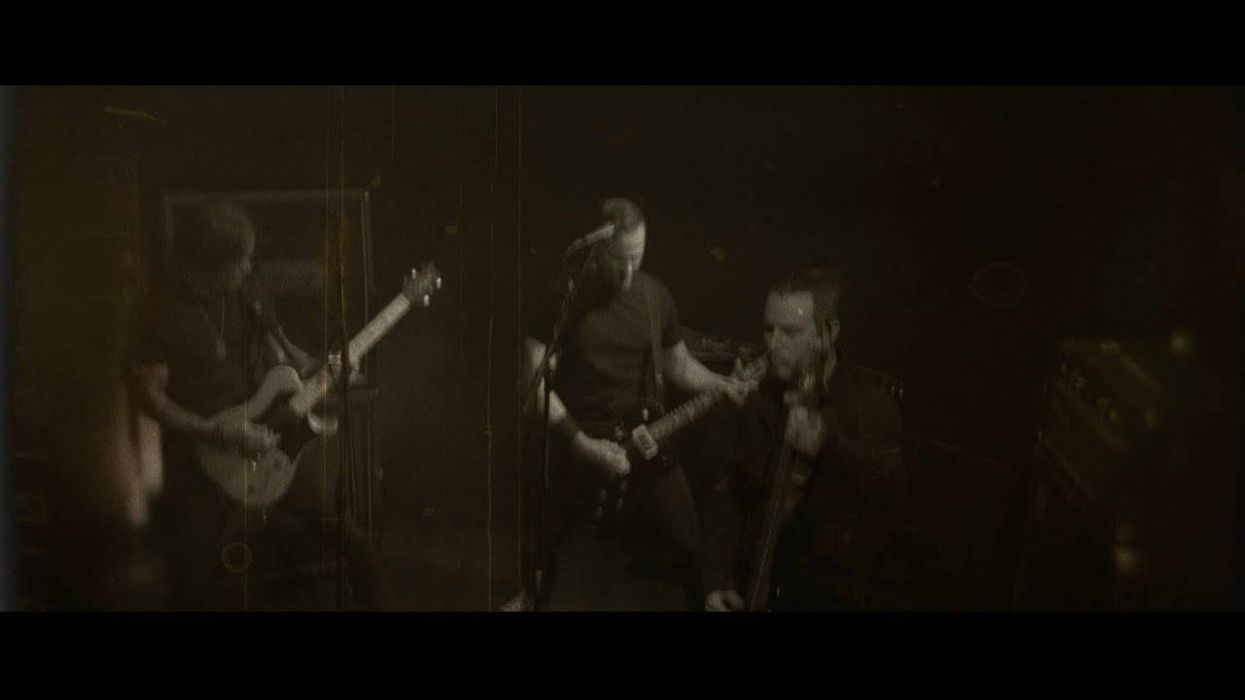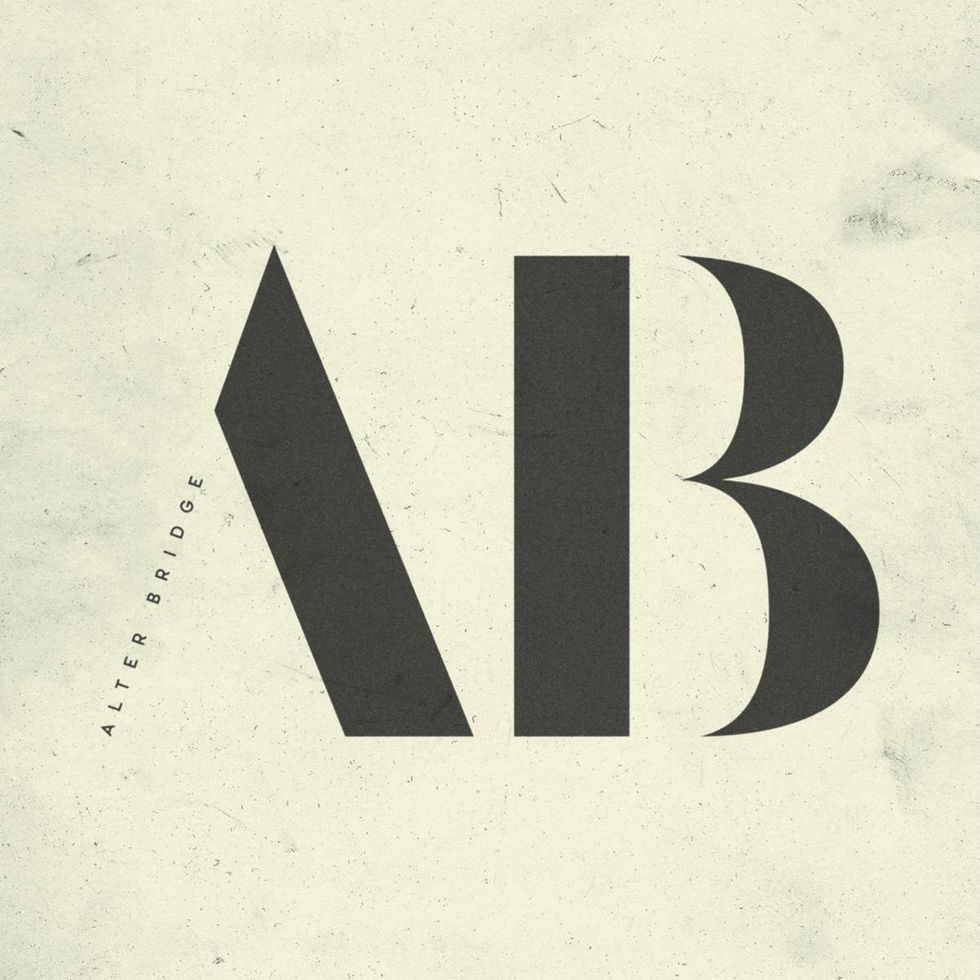The second path is to combine the grid-like nature of the fretboard with a scale pattern to create a new idea. Essentially, you reorganize the dots of a scale pattern in some way, and then figure out how to use it in your soloing. To expand your new idea, your sequences will be determined by how the scale system lays on the neck. Essentially, move your new idea through the scale by using the scale patterns, either in position or lengthwise.
In this article, we’ll be looking at some different things you can do with the G minor pentatonic scale (G–Bb–C–D–F). Think of each pentatonic scale pattern as having two sides: a low side and a high side, or low notes and high notes. This concept can make it easier to expand a new idea because you’re using the scale shape to get to the next sequence. You will also create new material that doesn’t sound like typical pentatonic vocabulary. These misfit ideas may sound “out,” but you can make them sound “in” when you combine them with traditional licks.
Ex.1 is an idea that I have been playing around with recently. The motive is built with three notes from the low side of the pentatonic box pattern followed by one note on the high side and is played on three adjacent strings.

Now, let’s take that shape and work it though each pattern of the G minor pentatonic scale (Ex. 2). There are a lot of fourths played with similar shapes. Due to the structure of the pentatonic scale, you will stumble across a couple familiar triadic shapes and triad sounds. Most of these lay well on the neck, but there are some that are more challenging (I’m looking at you, 8th position).
Ex. 3 and Ex. 4 combine traditional pentatonic lines with the new motive. I varied the rhythm and placement of the new motive within the measure so it doesn’t sound like I’m inserting an exercise into my line.
Let’s get intervallic for a minute. Ex. 5 is a breakdown of the scale in 3rd position. There are three minor seventh intervals and two major sixth intervals. Look at how this was created with notes on the low side and then the high side of the pentatonic pattern, skipping a string in between the notes. Expand this concept to all the other pentatonic patterns. These intervals are wide, and the sevenths can be slightly dissonant but not irritatingly so.

Ex. 6 shows how you can add some spice to your playing, giving your lines a noticeable change in direction.
Open strings are one of the most guitaristic techniques you can employ, especially when it comes to chords. Ex. 7 shows how you can use these intervals with open strings to create some interesting chord sounds. I chose the key of G minor because the open 4th and 3rd strings are in the scale. Try the same concept using the open 2nd string for some really dissonant sounds. If it’s worth doing, as they say, then it’s worth overdoing.
Ex. 8 is similar to the previous example, but now with two strings in between each note. This will give you three ninth intervals and two 10th intervals. The 10ths sound consonant, but ninths really start to push the boundary. Think of them as a musical slap in the face to get your solo started, or nice exclamation point to end your phrase.

Ex. 9 focuses on the sound of these large intervals when the notes are played together, and Ex. 10 uses them in a broken fashion along with straightforward pentatonic lines.
Another structure I have used for the last few years is shown in Ex. 11. It can be played as a three-note block chord or can be broken up with various picking patterns for more angular sounding lines. Simply take the two upper notes of the pentatonic scale on the 2nd and 3rd string, topped off by the lower fret (but higher note) on the top string.

Ex. 12 shows how to expand this voicing through all the minor pentatonic scale shapes.
One possibility with these broken chord shapes is shown in Ex. 13. Experiment with different picking patterns and string combinations to get different sounds.
Using these chord shapes to punctuate a line has a nice effect, as shown in Ex. 14, where single-note pentatonic ideas are added in.
I hope this gives you some new ideas on how to see the pentatonic scale. Try to think of new structures based on the scale shapes themselves, even though they may not conform to traditional music theory. Take one of your worn-out lines and see what you can do with it in this way. Offset your new stuff with your go-to lines or check out how it sounds when you completely gorge yourself on these new sequences. Good luck!




![Rig Rundown: Russian Circles’ Mike Sullivan [2025]](https://www.premierguitar.com/media-library/youtube.jpg?id=62303631&width=1245&height=700&quality=70&coordinates=0%2C0%2C0%2C0)















